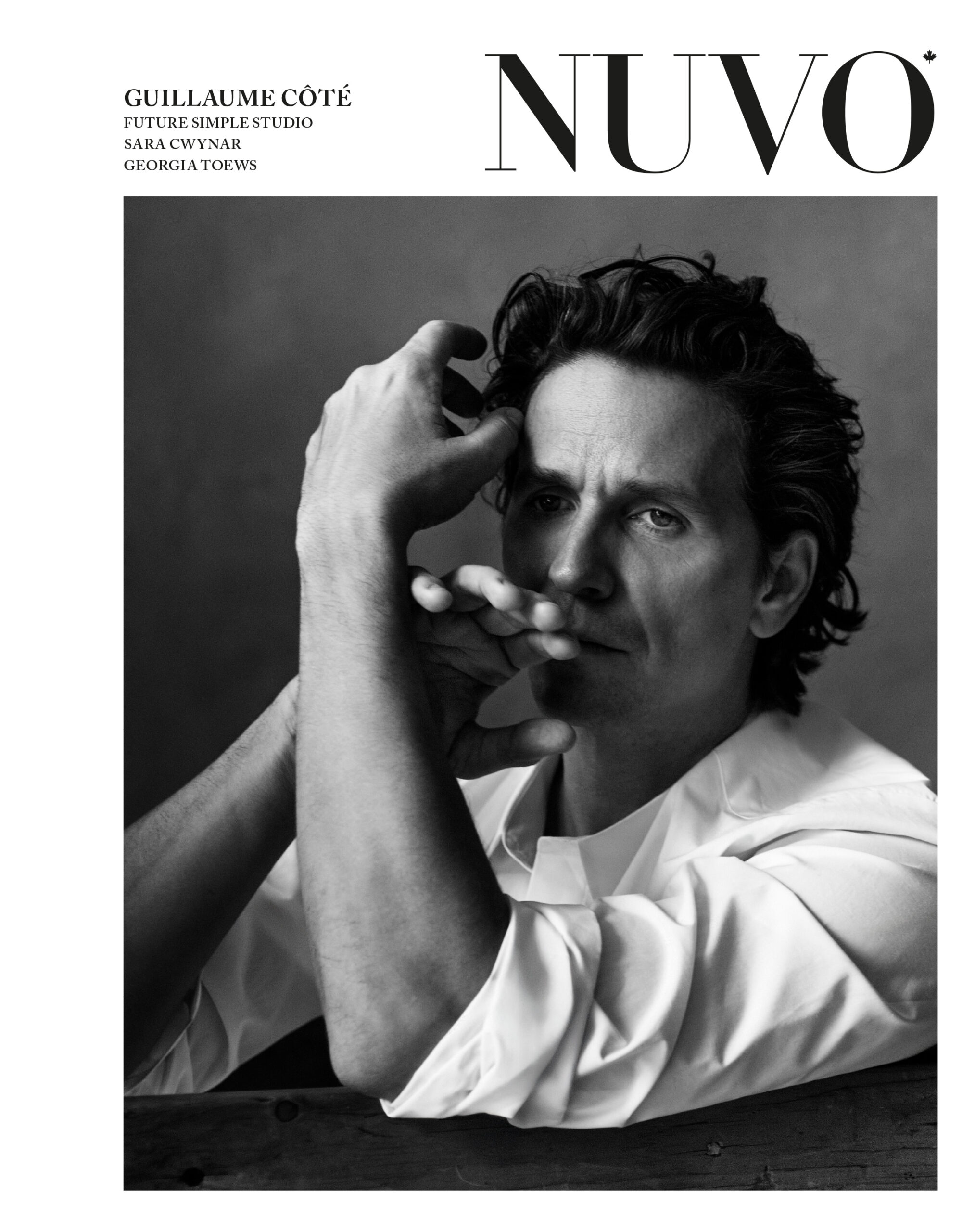An Olafur Eliasson exhibition rarely underwhelms. Whether it’s an installation involving 11-ton blocks of melting glacial ice (Ice Watch, 2015), or a haze of orange lights illuminating the Tate Modern’s cavernous Turbine Hall (The Weather Project, 2003), the Danish-Icelandic conceptual artist thrives on exploring our relationship with the world around us. Baroque Baroque, on display until March 6 at Vienna’s Winter Palace, is no exception.
The selected works, on loan from two private collections, start off with a subtle nod to The Weather Project: the grandiose palace entry hall is awash in orange light. Illuminated, the visitor becomes part of the art, moving through spaces moulded by Eliasson’s manipulations of mirrors and light.
The Winter Palace, once home to Prince Eugene of Savoy (1663–1736), was a site of scientific and artistic patronage during the baroque era. Creatively, this same period references movement in art, the attempt to represent infinity, the importance of light, and an openness to mixing mediums such as architecture, painting, and sculpture. As museum curator Mario Codognato observes, these characteristics are easily transferred to Eliasson’s Baroque Baroque works. “A mirror is the most engaging and captivating of objects,” says Codognato, referencing the many uses of mirrors within, perhaps most clearly a piece entitled Wishes versus wonders (2015), which portrays a steel semicircle erupting from a mirrored wall with its reflection completing the illusion of a floating circle. “A mirror which makes the viewer ‘flow’ from room to room accentuates a profound sense of movement, again one of the features of baroque.”
Those mirrors follow viewers through rooms, upon walls, within a video installation, and in the artworks themselves. Hundreds of small hexagonal mirrors were used to create Seu planeta compartilhado (Your shared planet), a series of large kaleidoscopes that draw mesmerized glances into a world of filtered colours. Surprising affinities also arise between the artworks and their temporary settings, such as with Fivefold cube (2000), a 3-D wooden sculpture that considers spatial geometry with a complex stacking of wooden boards, very much at home—almost camouflaged—upon the palace’s parquet flooring. One cannot help but think that if this art could speak, the conversation between the ancient and the contemporary would be fluent.
“I find it so inspiring that the baroque exhibited such confidence in the fluidity of the boundaries between models of reality and, simply, reality,” says Eliasson himself. “The presentation of my works at the Winter Palace is based on trust in the possibility of constructing reality according to our shared dreams and desires and on faith in the idea that constructions and models are as real as anything.” To participate in that trust is to realize that pictures do little justice and, as is the case with most of Eliasson’s work, the piece is only complete when the viewer stands within it.













